Science News
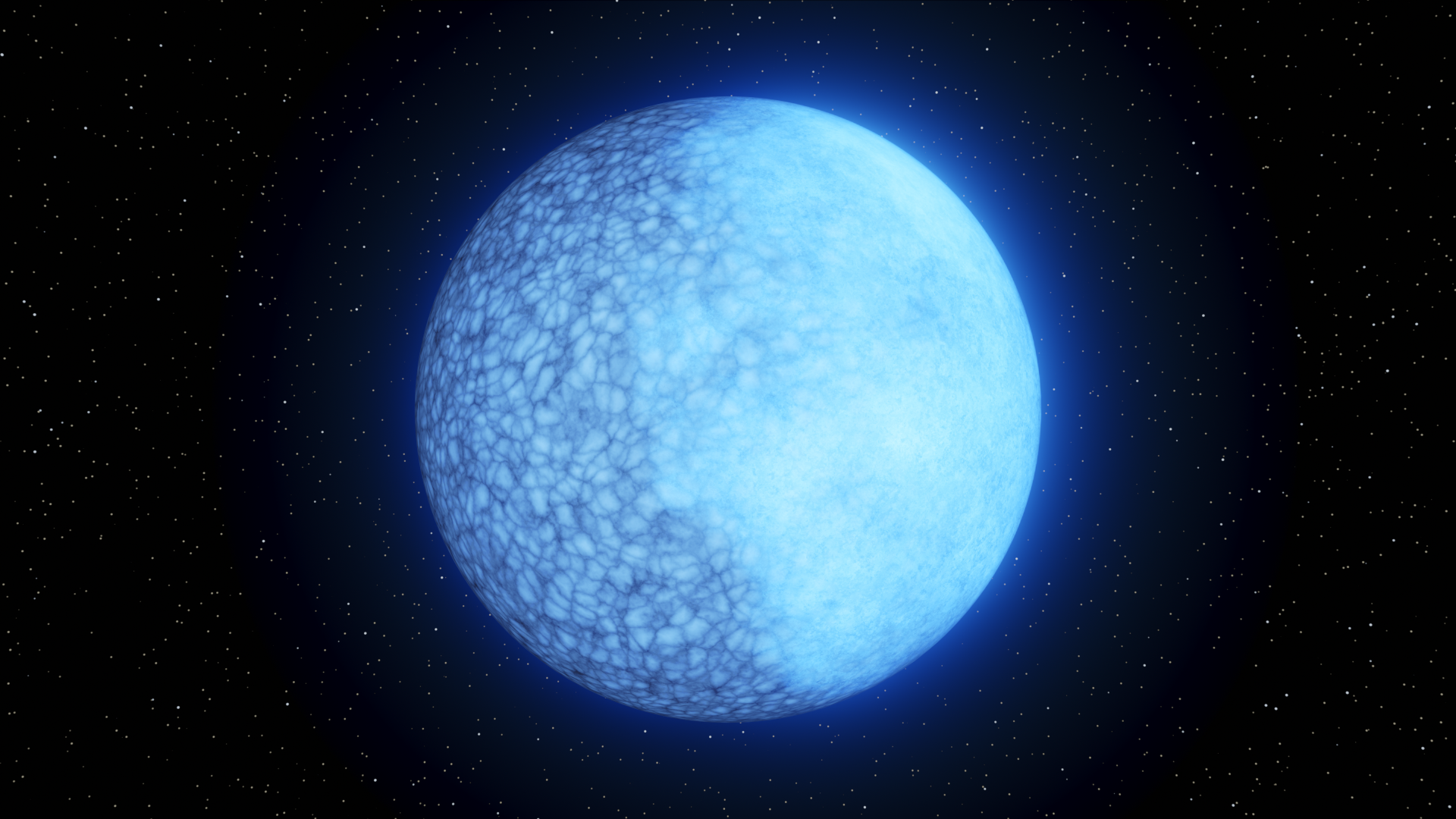
Two-Faced Star Exposed: Unusual White Dwarf Star is Made of Hydrogen on One Side and Helium on the Other
Maunakea, Hawaiʻi – In a first for white dwarfs, the burnt-out cores of dead stars, astronomers have discovered that at …
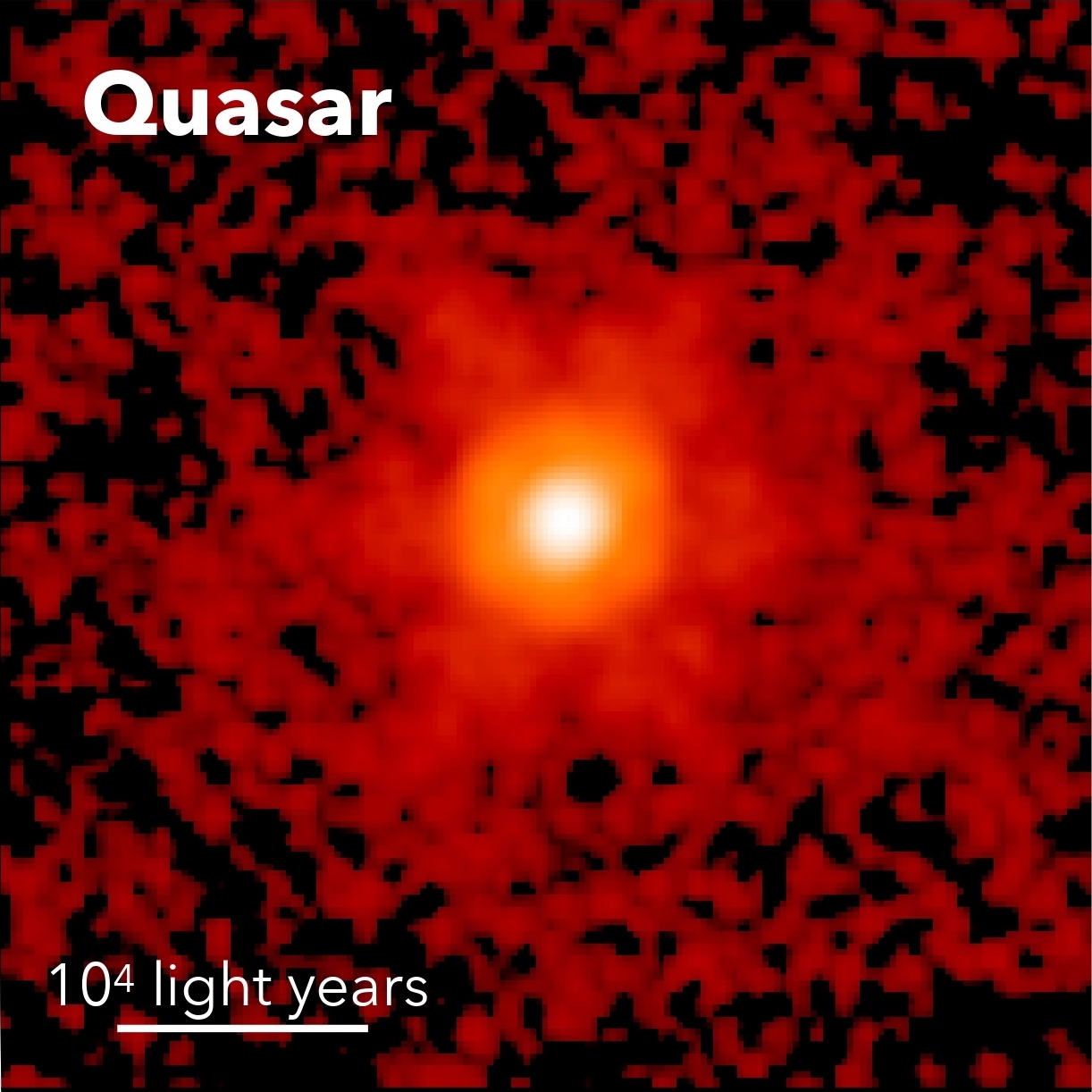
Starlight and the First Black Holes: Researchers Detect the Host Galaxies of Quasars in the Early Universe
Maunakea, Hawaiʻi – An international team of scientists, including Chien-Hsiu Lee, staff astronomer at W. M. Keck Observatory on Maunakea, …
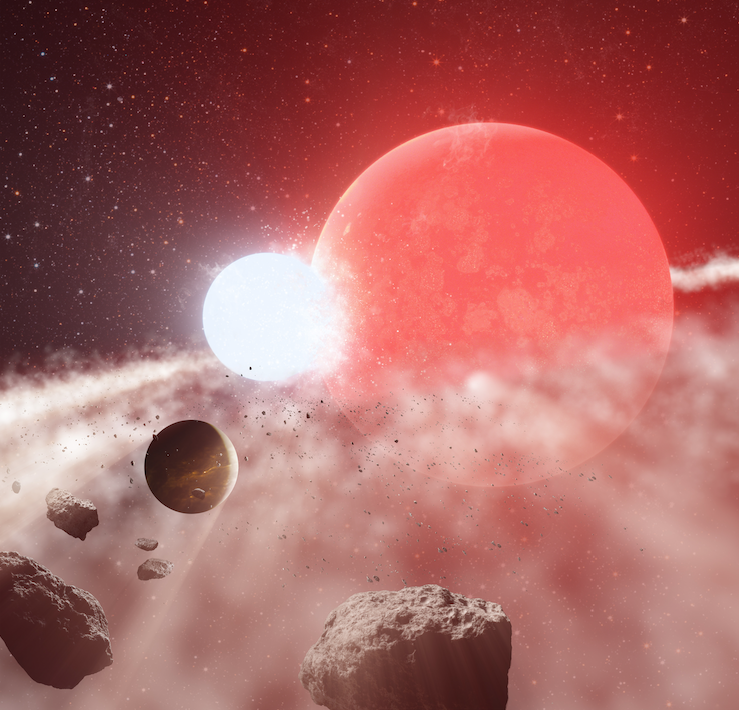
Life After Death: Hawaiʻi Astronomers Find a Planet that Shouldn’t Exist
Maunakea, Hawaiʻi – When our Sun reaches the end of its life, it will expand to 100 times its current …
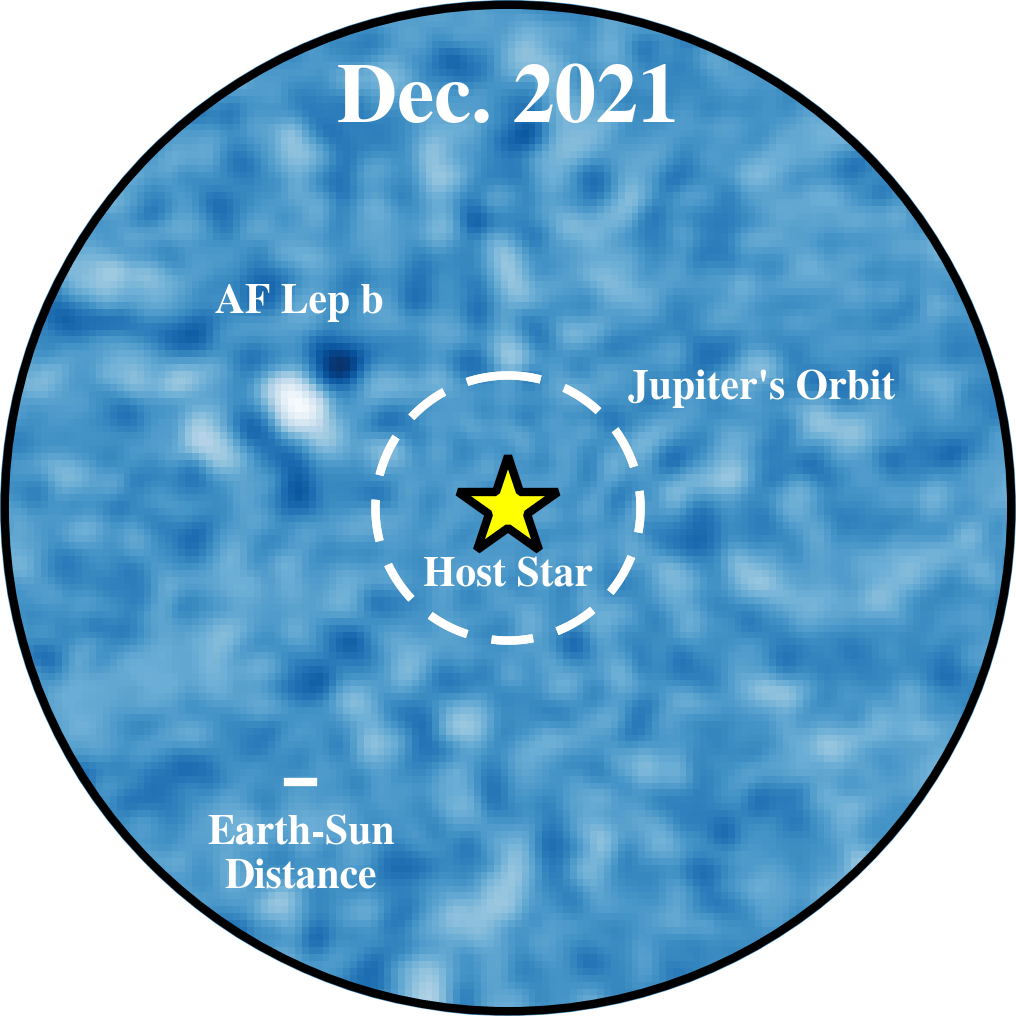
New Era of Exoplanet Discovery Begins with Images of ‘Jupiter’s Younger Sibling’
Maunakea, Hawaiʻi – Astronomers using W. M. Keck Observatory on Maunakea, Hawaiʻi Island have discovered one of the lowest-mass planets …
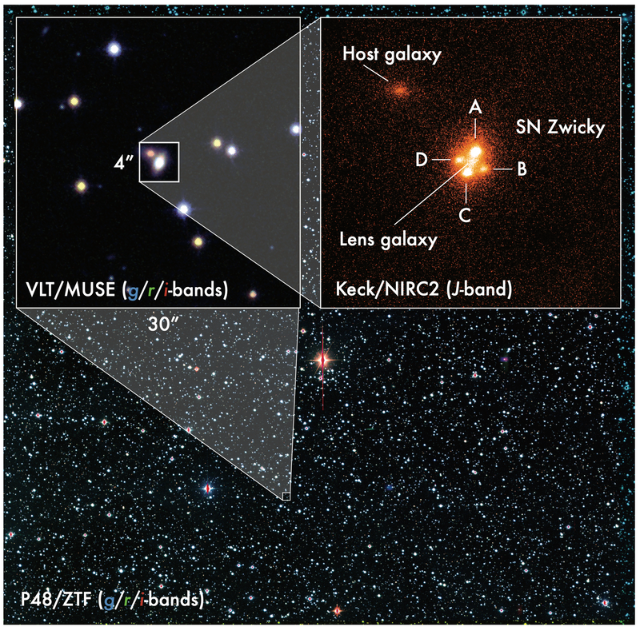
Rare Gravitational Lensing Warps Light Of Distant Supernova Into Four Images
Maunakea, Hawaiʻi – Astronomers have captured a bizarre image of a supernova, the powerful explosion of a star, whose light …
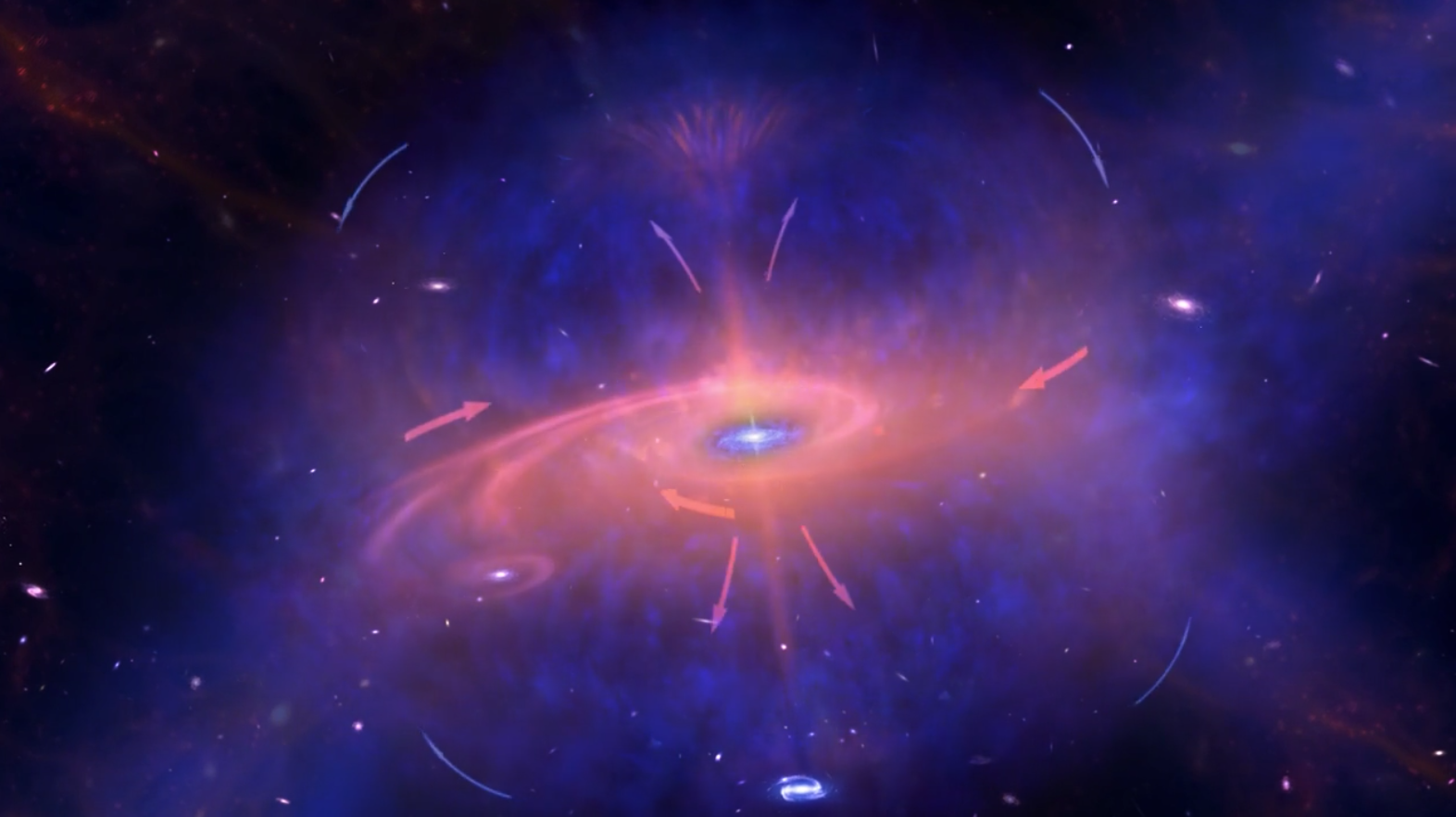
Astronomers Capture Direct Image of Ancient Galaxy Recycling Gas to Make New Stars
Maunakea, Hawaiʻi – Astronomers have found direct evidence showing ancient galaxies were able to sustain star formation by recycling gas …
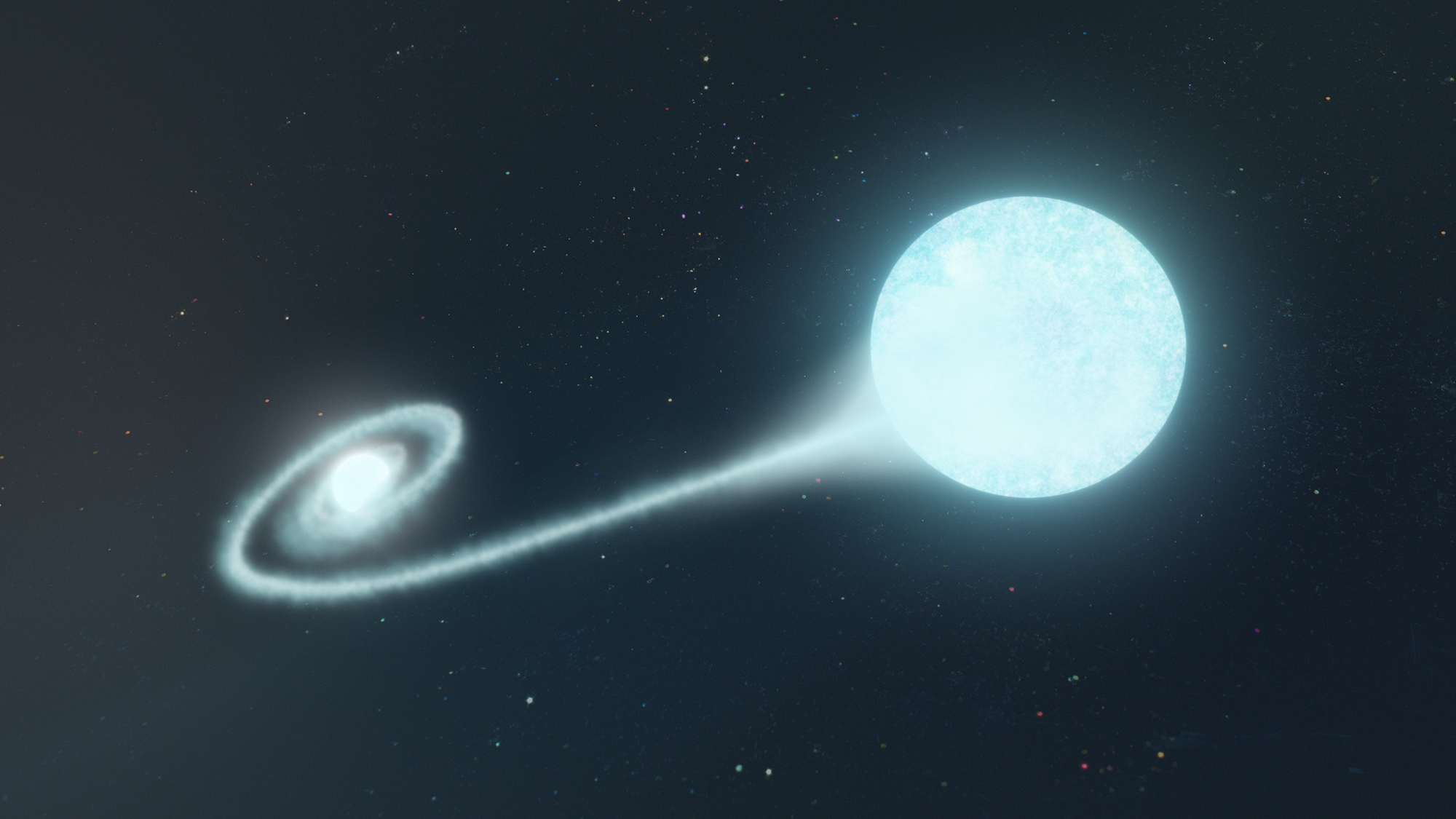
First Detection of Radio Waves from a Type Ia Supernova
Maunakea, Hawaiʻi – A team of astronomers led by Stockholm University has discovered an unusual Type Ia supernova – or …
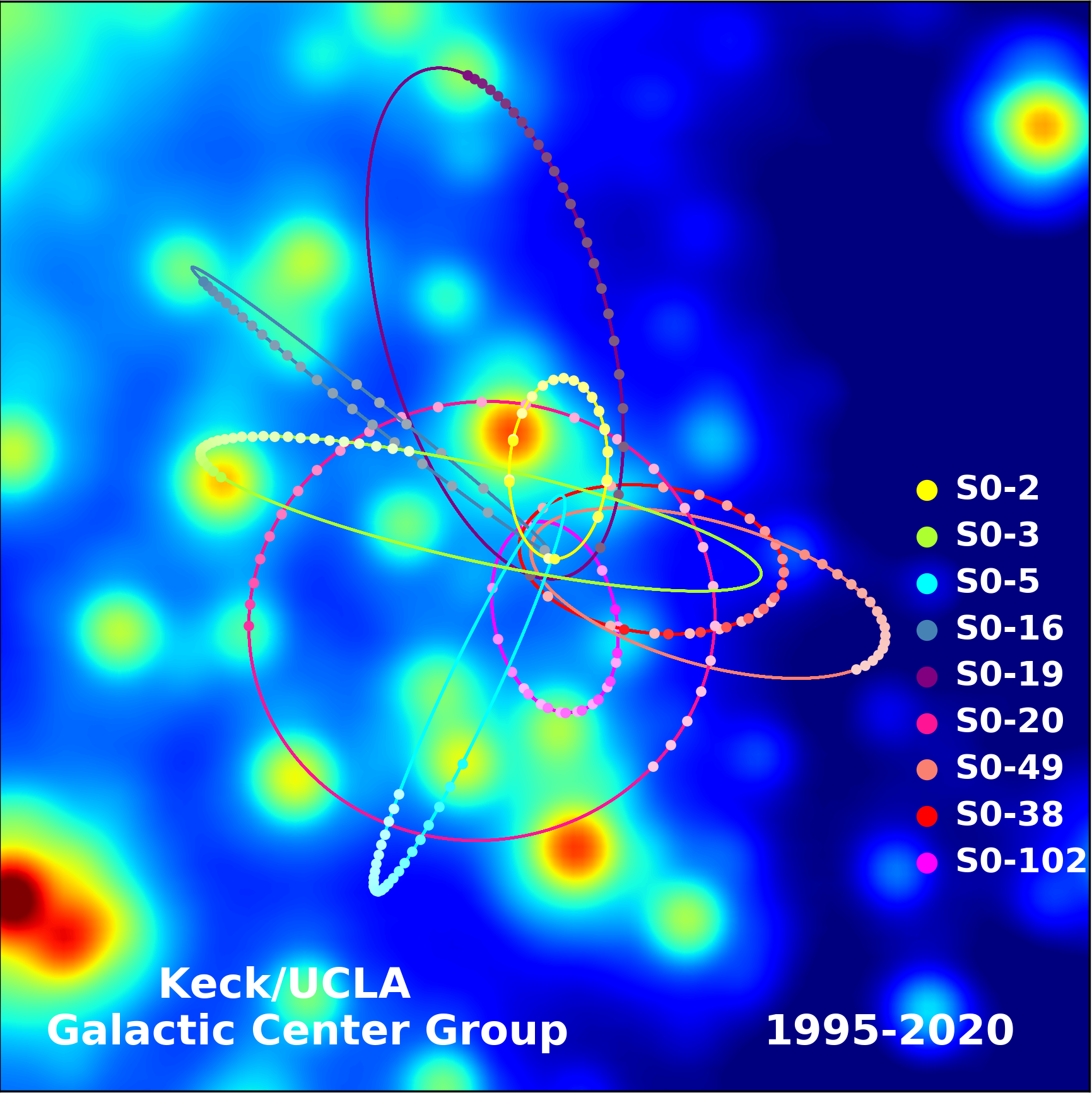
A Strange, Solitary Life for Young Stars at the Milky Way’s Center
Maunakea, Hawaiʻi – Stars living closest to the supermassive black hole at the center of the Milky Way have no …
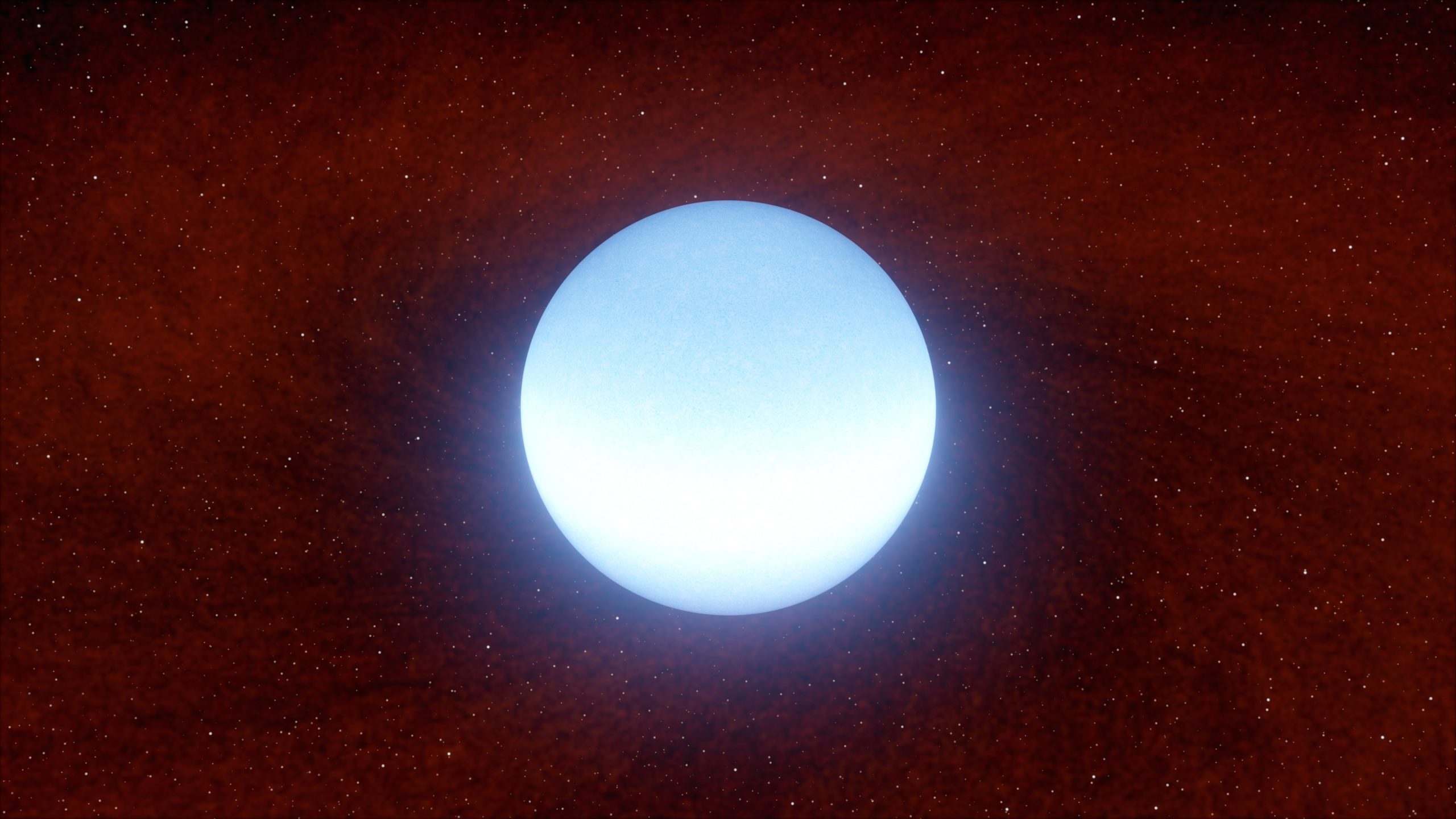
Star Eats Planet, Brightens Dramatically
Astronomers Spot First Direct Evidence of a Star Engulfing Its Planet Maunakea, Hawaiʻi – For the first time, astronomers have …
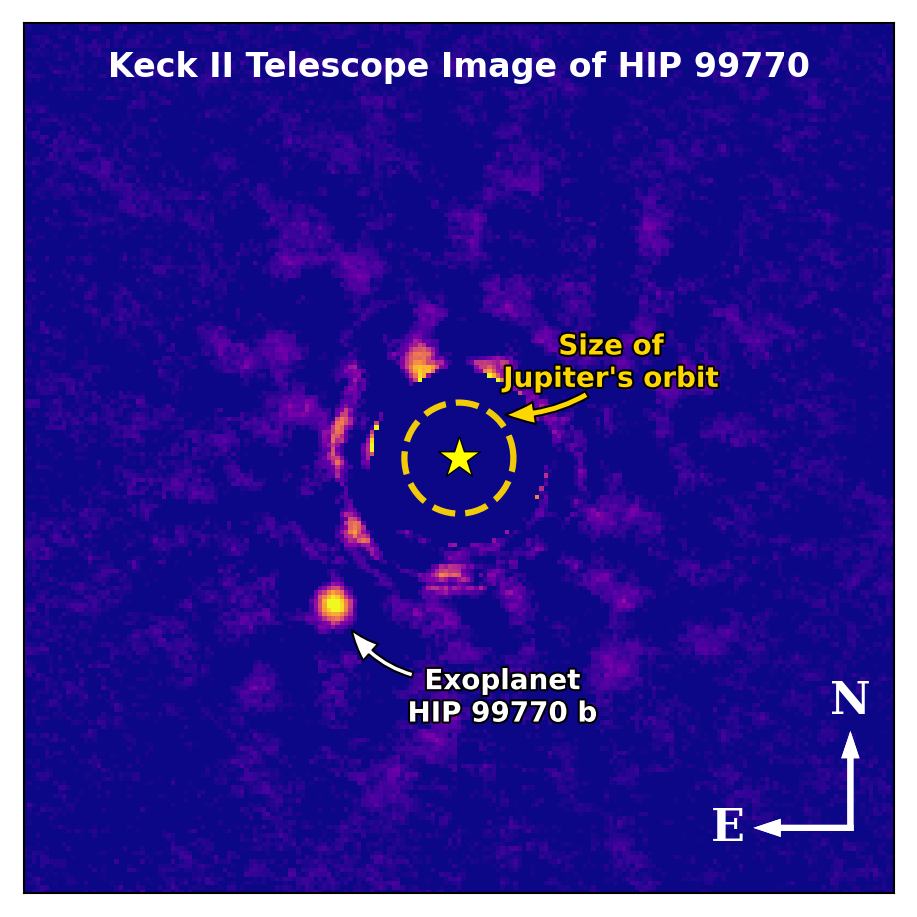
New Exoplanet-Hunting Technique Leads to Successful Direct Image of a Super-Jupiter
Maunakea, Hawaiʻi – Astronomers have developed a new method for finding exoplanets whose portraits can be taken from Earth using …
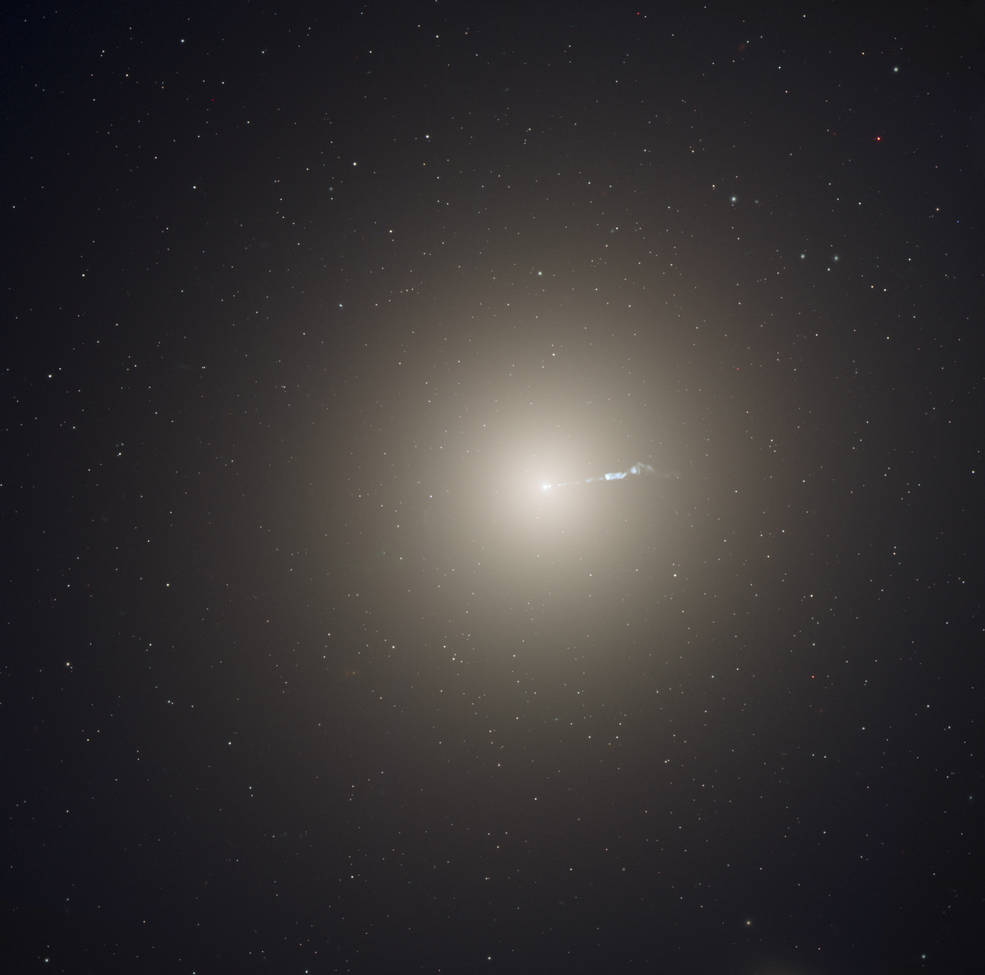
First Ever 3D Map of Messier 87 Galaxy Assembled
Maunakea, Hawaiʻi – A UC Berkeley-led team of astronomers has for the first time measured the three-dimensional shape of Messier …
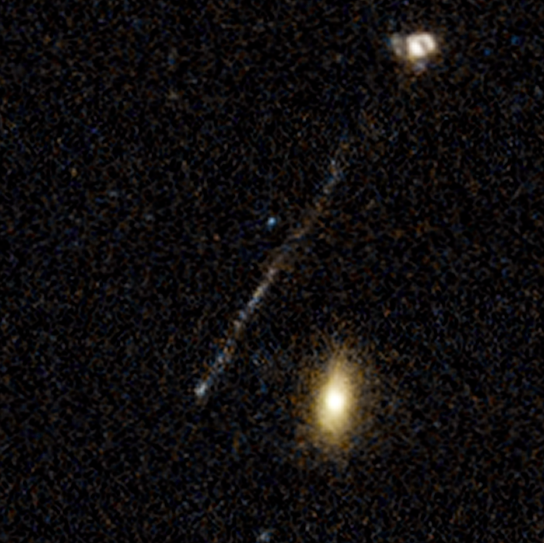
A Strange Streak of Young Stars is Evidence of a Runaway Supermassive Black Hole, Study Finds
Maunakea, Hawaiʻi – Astronomers have spotted a candidate supermassive black hole running away from its home galaxy, hurtling through space …

